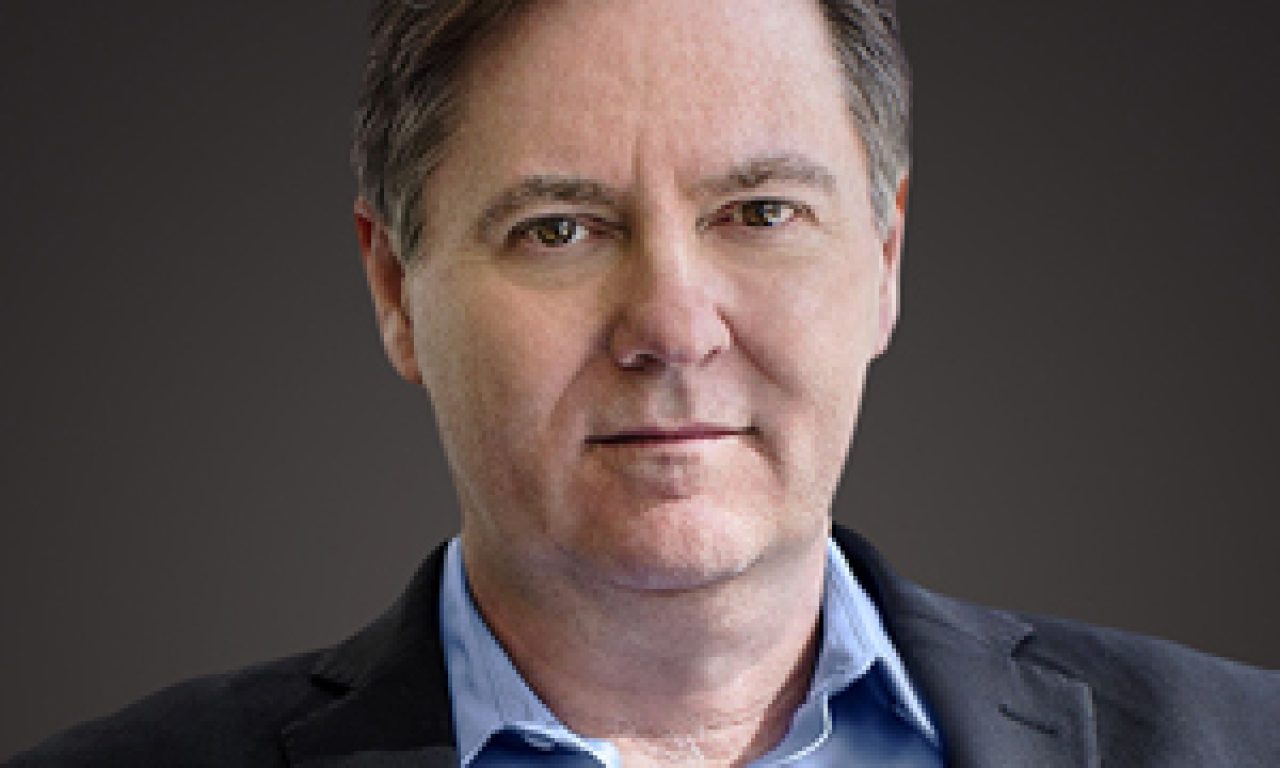Perhaps a major risk for media outlets is to spend too much time examining the risks associated with COVID-19 and not enough time on everything else going on in the world, which is analogous with the Portfolio Construction Form search for the “next big shock” (report this edition). Research Affiliates has done an analysis of the risks which may thwart a global recovery from the pandemic.
Campbell Harvey, a partner and senior advisor at Research Affiliates, the US-based global manager, has produced a questions-and-answers piece titled “The Risks to a Robust Recovery” outlining seven risks that have the potential to derail the economic path forward. He believes in the possibility of a robust recovery, but, he says, prudence dictates that investors should go through the exercise of listing the risks to the recovery and assessing their economic and financial implications. The risks, as you’d expect, tend to be interconnected.
According to Research Affiliates, the seven main shorter-term risks are:
- Rose-coloured glasses
- A biological setback
- Debt overhang
- Policy mistakes
- Unexpected inflation
- October surprises, and
- Viewing the pandemic as a one-off.
Harvey outlines these risks in his Q&A. With “rose-coloured glasses”, he says, people often look at data and interpret it in ways that are far too optimistic. This tendency is related to the human bias of overconfidence. One example is that we become careless in following social distancing practices or wearing masks, causing a surge in new cases of coronavirus, which is exactly what we are seeing now.
With the risk of a “biological setback”, the uncertainty has multiple dimensions. “For instance, we may face disappointing results in the vaccine trials, problems with pharmacological (treatment) solutions, lack of progress on antibody research, and an unfavourable mutation of the virus, all of which could unexpectedly reduce the viability of vaccines currently in progress,” he says. “While I am confident we will have a widely deployed viable vaccine by early 2021, much uncertainty on the biological front remains. Both the cause and the antidote to this crisis are a function of biology, reinforcing just how fragile the economic path forward is.”
With debt overhang, the risk can be toxic for economic growth, impacting companies, consumers, and governments. Firms that have weathered the crisis, but taken on excessive debt in the process, are unlikely to get needed financing. Excessive debt also affects consumer behaviour. The frugality needed to repay this debt can reduce consumer spending and slow economic growth. The same goes for governments.
The overwhelming potential policy mistake is not properly balancing the economic and health costs of this crisis. In the US alone, the current cost of the crisis is in the ballpark of US$10 billion per day but it is questionable whether the Administration has spent enough on vaccine research, production or testing and tracing technologies.
Large-scale fiscal spending supplemented by unprecedented money creation solves some short-term problems at the cost of a big long-term problem: unexpected inflation. The US should not embrace the European (or worse, Japanese) model of monetary control and the world of negative interest rates and lethargic or zero growth that goes along with it, Harvey says. “It is a mistake to believe we have an infinite line of credit; that line of thinking is known as Modern Monetary Theory (which is neither modern nor a theory). In fact, a bill currently in Congress proposes that the US Treasury instructs the US Mint to produce two platinum coins each worth US$1 trillion. The Fed would then buy them. If we follow this route, we would be paying with higher inflation in the future.”
The equity and bond markets have discounted the possibility of a surge in inflation, but it is still a risk. Raising taxes to pay for debt is toxic for any politician, so inflation solves the dilemma: monetise the debt by creating inflation and blame the inflation on the COVID-19 virus. Inflation is a serious long-term threat and is regressive, hurting people who can least afford it, Harvey says.
With an “October surprise”, he says: “A surprise is, by definition, a surprise.” The US has a long history of political “October surprises”, Harvey says. “My worry is more about an economically oriented shock that could derail the recovery.”
A longer-term risk is that policy makers view the pandemic as a one-off, once-a-century event. Pandemics are not new. Some consider them black swan events, but historically they are not that rare. The last big pandemic was 102 years ago.
“It is incumbent on our policy makers and all of us as individuals to undertake basic risk management. We need to plan for the next pandemic, for this type of risk is not going away. We can mitigate this risk by taking action in the near term. Let’s think of COVID-19 as a fire drill so we can be prepared for the possibility that the next pandemic could be more devastating.”
– G.B.


